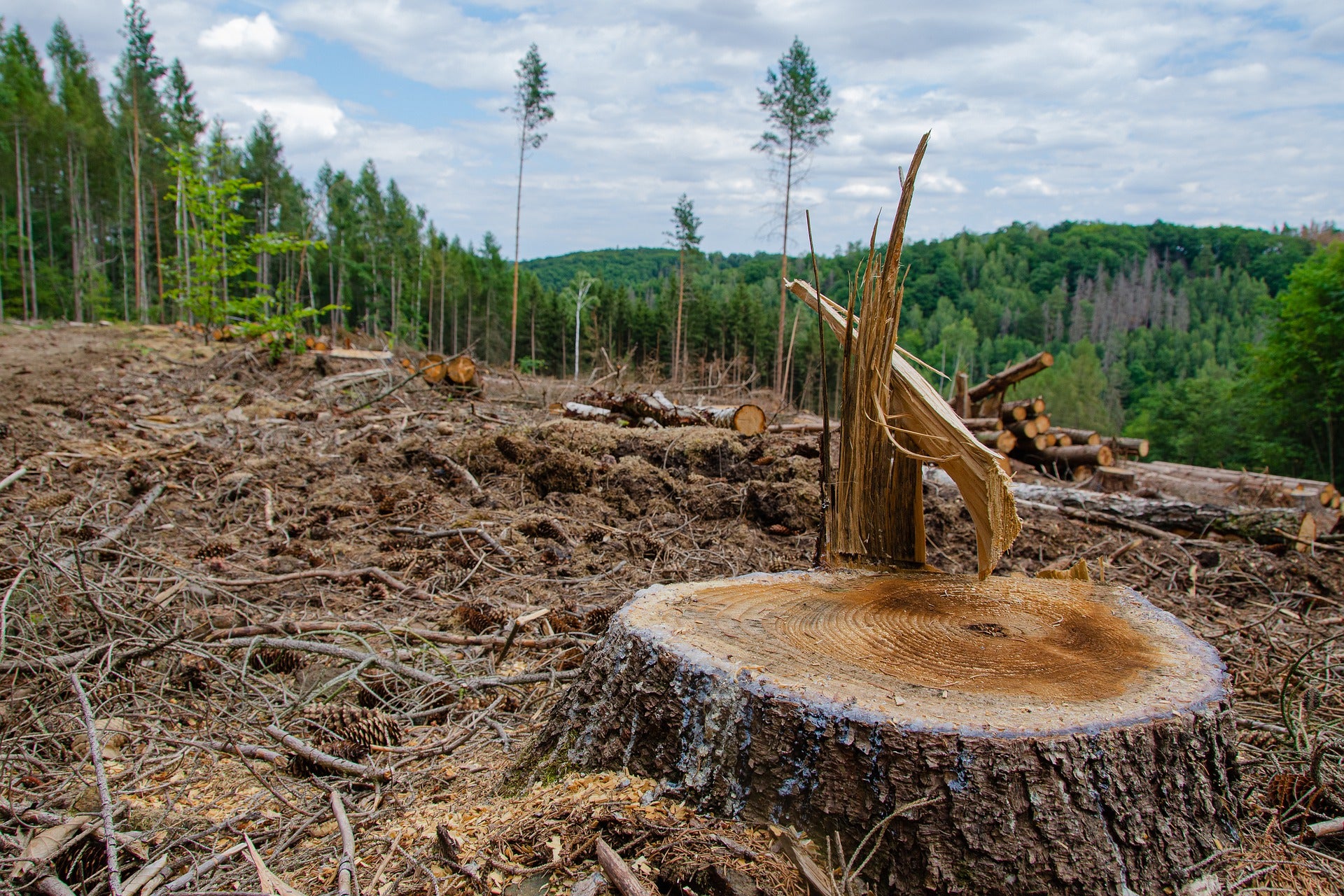The cost of preventing the next pandemic is 2% of the cost we’re paying for COVID-19.
A study published in Science, “Ecology and Economics for Pandemic Prevention,” found that the costs of preventing future zoonotic outbreaks like COVID-19—by preventing deforestation and regulating the wildlife trade—are as little as $22 billion a year, 2% of the economic and mortality costs of responding to the COVID-19 pandemic, which some economists predict could reach $10-20 trillion. The paper, co-authored by our Director Dr. Aaron Bernstein, outlines how stimulus funding should be used to reduce the risk of disease spillover from animals to humans.
Connections between deforestation, wildlife trade, and the rise of infectious diseases
-
- Over the last 100 years, 2 viruses a year spillover from animals to humans.
- Locations near the edges of tropical forests where more than 25% of the original forest has been lost tend to be hotbeds for animal-to-human virus transmissions.
- Wildlife markets and the legal and illegal trade of wildlife for pets, meat or medicine increase transmission.
- Investing $22-31 billion a year to monitor and police the wildlife trade and curb tropical deforestation can help prevent future pandemics.
Strategies
-
- Remove subsidies favoring deforestation, restrict private land clearing, support territorial rights of Indigenous people
- Strengthen and enforce the existing international conventions and increase funding for programs that monitor wildlife trade
- Ban national and international trade of high-risk species like primates, bats, pangolins, civets, and rodents
- Increase education, awareness on animal handling, sanitation, disease transmission and sustainable wildlife management and support for Indigenous people who rely on wildlife for food
Cost-Effective Solutions
-
- Spend $500 million a year to expand and enhance wildlife-trade monitoring programs and technologies.
- Invest $217-279 million a year on early detection and control measures, including creating a library of virus genetics that could be used to pinpoint the source of a newly emerging pathogen early enough to slow or stop its spread.
- Invest over $19 billion a year on programs to end the wild meat trade in China and educate consumers and hunters about its potential risks.
- Invest up to $9.6 billion a year on programs and policies to reduce tropical deforestation by 50%.
- Spend up to $852 million a year to reduce viral spillovers, or inter-species transmissions, in livestock.









